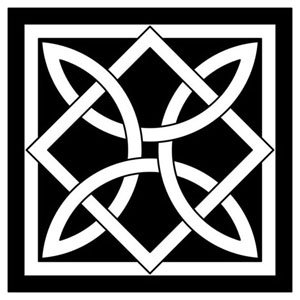
FT1 Intersession Field Trip
Preservation Tour: Siena, Florence and Rome
1 Unit
Instructor: Cornelia Danielson
e-mail: mcardillo@iirpsemail.org
Course Description
The field trip professor is an art historian holding a doctorate from Columbia University in New York with a specialization in 16th Century Florentine Studies and a particular interest in Medici-related projects and their contextual background. Lectures are informal and on-site. In each city, specific monuments have been chosen which represent the particular characteristics of that city.
Siena: Visits include the Palazzo Pubblico, the Duomo, and the Ospedale di Santa Maria della Scala. In Florence, the Cappella Brancacci, Orsanmichele, the Churches of San Miniato, San Salvatore al Monte, Santo Spirito, the exteriors of Palazzo Pitti, the Palazzo Vecchio, the Uffizi, the Duomo and Baptistry and the major piazzas are focused on.
Rome: Visits include the Colosseum, the Forum, the Palatine Hill and the Pantheon for Repubblican and Imperial Rome; for Renaissance Rome: Bramante’s Tempietto, Michelangelo’s Capitoline Hill and a typical Renaissance villa (Villa Medici, Villa Giulia or Villa Farnesina). Baroque Rome is represented by works of Caravaggio, Bernini, Borromini and Pietro da Cortona.
Visits to all monuments are subject to change and are determined by the priority of the scheduling of appointments to the various restoration sites and laboratories. Visits to restoration sites and laboratories which are subject to change from year to year are arranged by Prof. Nikolas Vakalis. The students are accompanied by Prof. Danielson.
Course Objectives
This 10 day field trip seminar combines two main objectives. The first is to visit three major Italian cities: Medieval Siena, Renaissance Florence and Imperial and Baroque Rome and to place the urban scheme, art and architecture of each city within its historical, socio-economical, and religious context. The aim of these visits is to provide future restorers and conservators with a model of the type of contextual framework that should be created each time they approach a work which is to be restored. The second objective is to visit major laboratories and sites of restoration in each city to provide the unique experience of coming in to contact not only with major works of art under restoration but also with their restorers and conservators. Students in the past have visited the Opificio delle Pietre Dure in Florence seeing major works by Fra Angelico (the Palla di San Marco), Raphael (Portrait of Pope Leo X), and Ghiberti (the Florentine Baptistry bronze doors); the sculpture restoration laboratories of the Vatican Museum, including a behind the scenes visit to view the work-in-progress conservation of the sculptures in the pope’s private Vatican Gardens. In Siena students have climbed scaffolding to view within inches Simone Martini’s magnificent Maesta’ in the Palazzo Pubblico and similarly in Rome, during the restoration of Bernini’s Triton Fountain.
This course will be of interest to students of all disciplines having to do with the history, restoration and conservation of the world’s artistic heritage.
Course Structure
This is an intensive 10-day field trip which takes place during Italy’s hottest time of year. Temperatures in late June and July may already register in the 90’s. Mornings begin early to avoid the mid-day heat. Ample time is allowed for lunch breaks. Blocks of time are left in each city for students to explore museums and monuments on their own but it is necessary for them to make reservations ahead of time to visit particularly crowded museums such as the Academia, the Uffizi, the Vatican Museum and the Villa Borghese. It is advised to drink lots of water, wear comfortable shoes and clothes, hats and dark glasses. Be prepared for lots of walking. Do not wear extreme clothes: mini skirts or short shorts. Always bring a scarf to cover bare shoulders and legs, required for entering all churches in Roman Catholic Italy
READING: No required reading but a bibliography is provided and it is suggested that students read at least one book on each city, determined by their particular interests.










